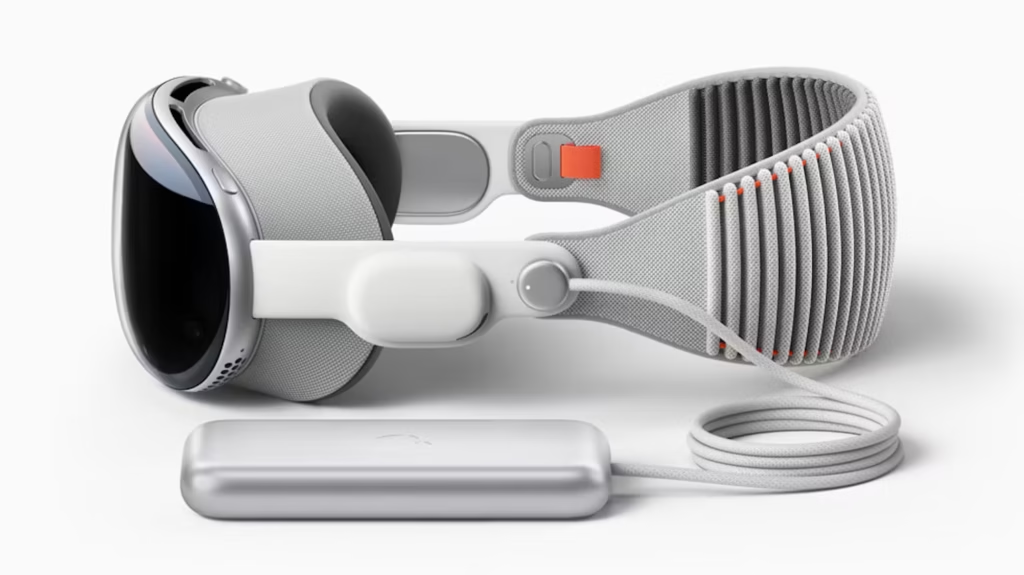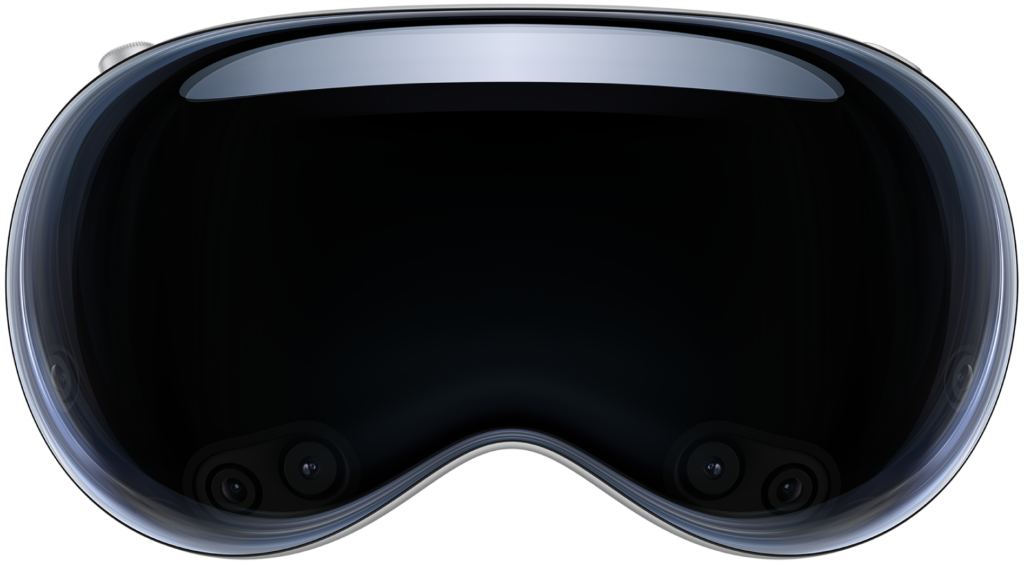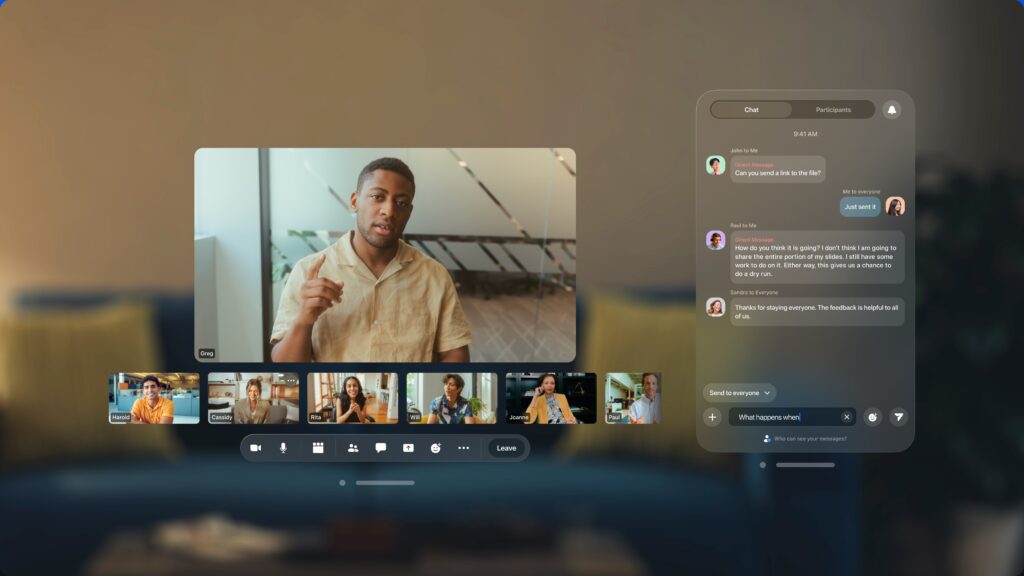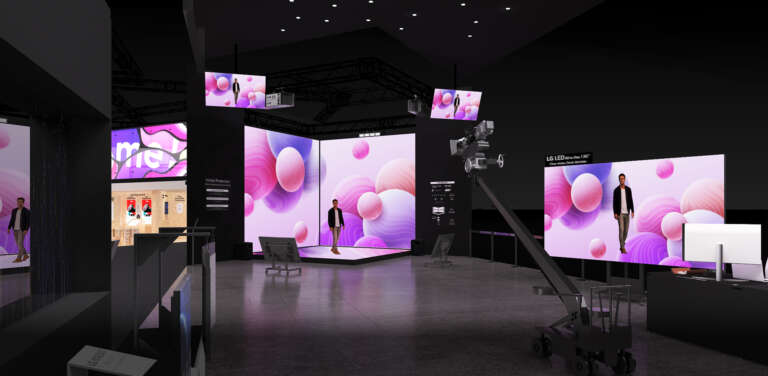
Apple took the tech world by storm on June 5, 2023, unveiling the Vision Pro during its annual Worldwide Developers Conference (WWDC). This mixed reality headset marks Apple’s first major new product category since the Apple Watch in 2015, capturing global attention with its premium price tag of USD 3,499 and scheduled early 2024 release. The device is positioned as a “spatial computer,” offering immersive experiences across gaming, media, and professional applications.
Under the hood, the Vision Pro combines Apple’s M2 chip with a dedicated R1 chip to process real-time data from 12 cameras, 5 sensors, and 6 microphones.

Its micro-OLED displays boast a combined 23 million pixels—delivering visuals that exceed 4K resolution per eye. Thanks to precise eye, hand, and voice tracking, users can interact with apps and environments more naturally than ever before.

For 3D design, virtual production, and music technology professionals, Apple’s all-in-one approach could revolutionize workflows. From on-the-spot 3D modeling and live collaboration in virtual studios to immersive audio mixing, Vision Pro paves the way for innovative methods of creation in a shared spatial environment.
“Creating our first spatial computer required inventing the most advanced personal electronics device ever.”
Mike Rockwell, Apple’s vice president of the Technology Development Group.

“Today marks the beginning of a new era for computing,” Apple CEO Tim Cook declared during the WWDC keynote. As developers race to optimize their software for the Vision Pro, anticipation is running high that Apple’s bold vision of wearable spatial computing may reshape not just entertainment, but the future of creative and professional industries alike.
In his hands-on review of Apple’s Vision Pro, tech influencer Marques Brownlee highlighted the headset’s exceptionally sharp displays and intuitive gesture controls. He noted that while the overall experience felt immersive and polished, the USD 3,499 price tag and battery life concerns could limit mainstream adoption.








Leave a Comment